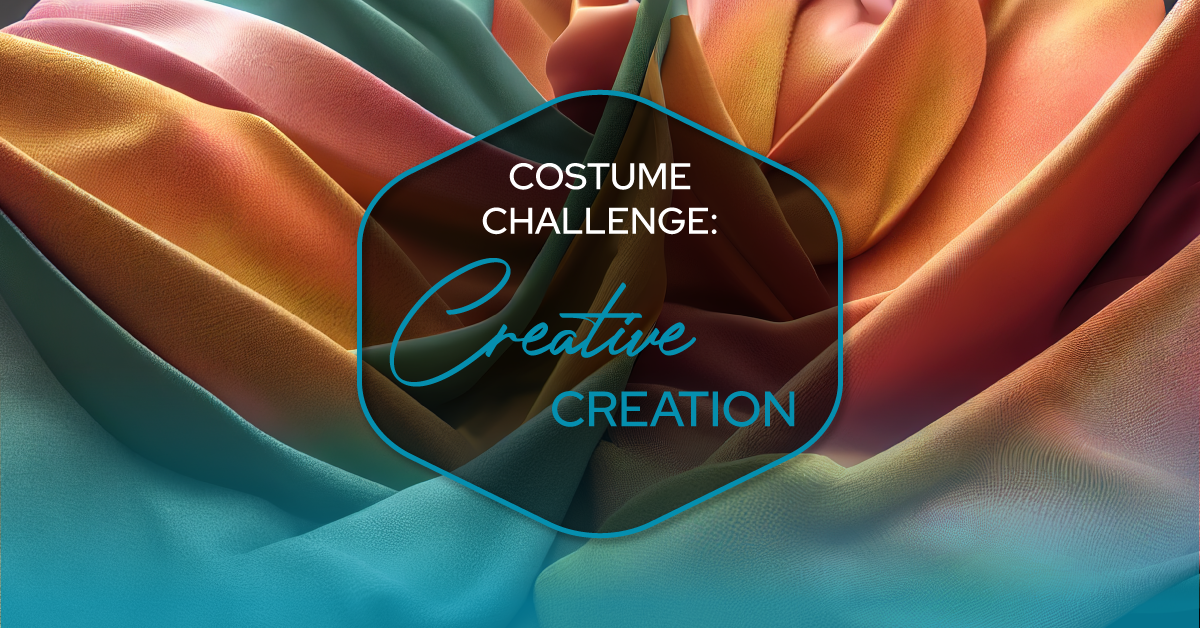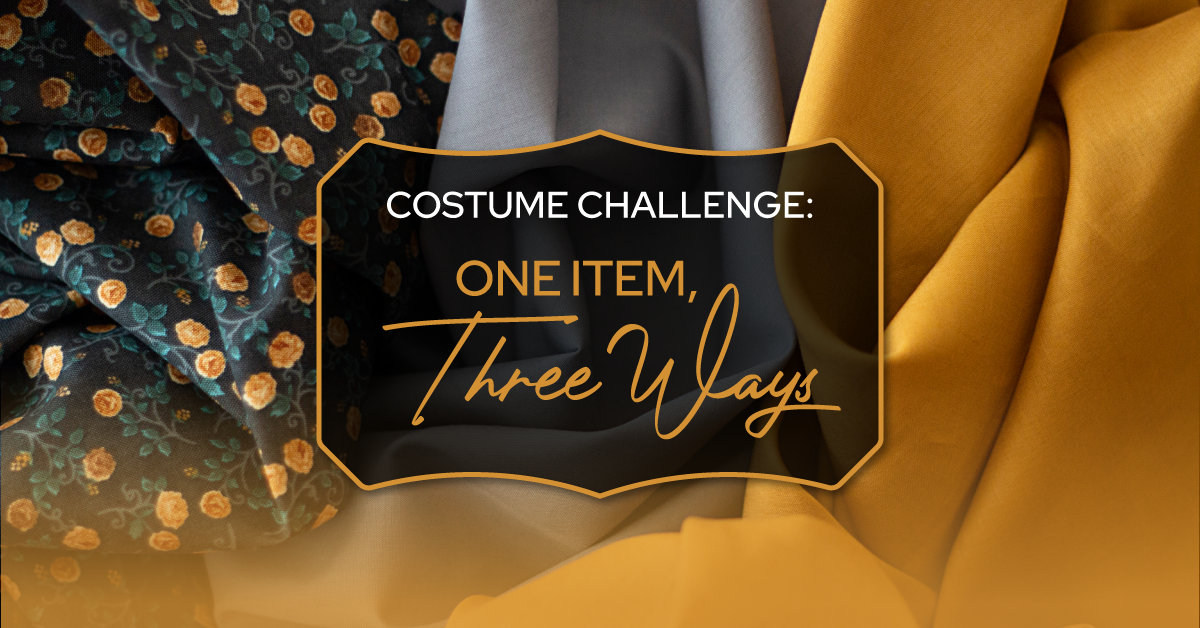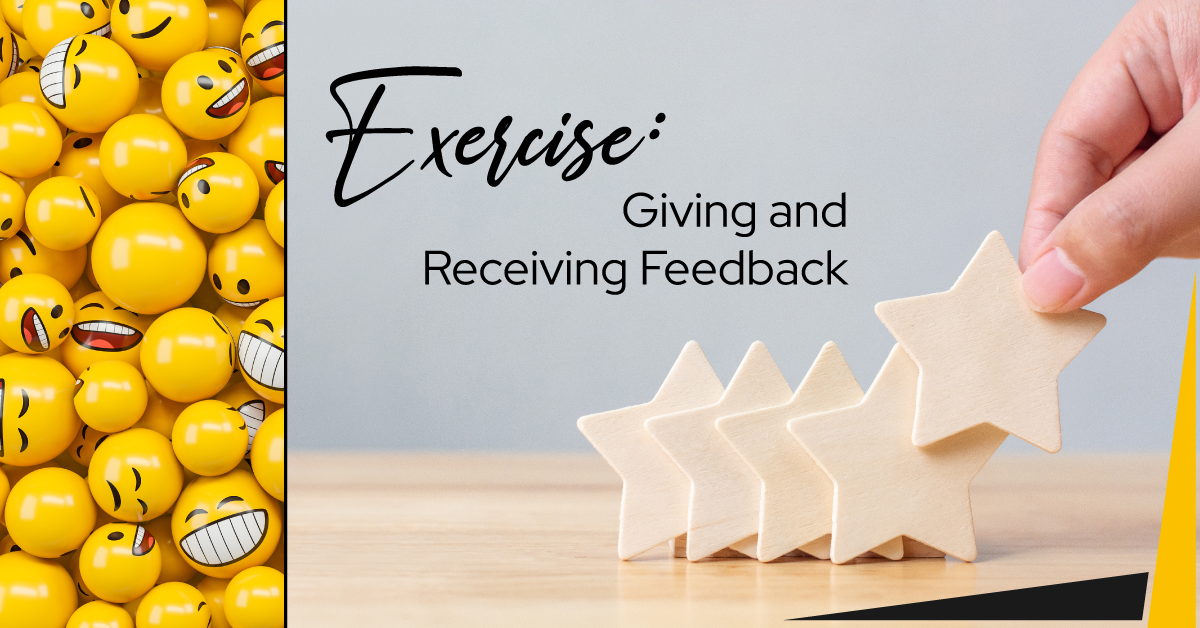A squirt gun would never be mistaken for a real gun, right? Dive into the thought-provoking world of Water. Gun. Argument and challenge what we choose to believe. A thought provoking and powerful piece in a docu-theatre style.
Costume Challenge: Creative Creation
This costume challenge builds on the costume design skills that students practiced in two recent blog posts: Rehearsal Blacks, Elevated and One Item, Three Ways. Students will work in pairs to create a costume design using only found materials, such as construction paper, newspaper, toilet paper or toilet paper rolls, fabric scraps, duct tape, and so on — anything you might find in a craft supply box or recycling bin. They’ll create a detailed, labelled costume sketch, and use the found materials to add colour, texture, and interesting features.
Then, if you have an abundance of materials and would like to take this challenge to the next level, pairs will use the found materials to make a human-sized costume. Some of the problems they’ll need to solve include figuring out how much of a material they’ll need to complete the costume, how to use the found items in a way that covers the body appropriately while still looking stylish, and how to make their costume actually stay together on a body.
Materials Needed:
- Plain paper
- Pencils
- Scissors
- Glue
- A box of various found materials, such as construction paper, tissue paper, wrapping paper, newspaper, toilet paper and/or toilet paper rolls, fabric scraps, straws, yarn, tin foil, bottle caps, cotton balls, duct tape, leaves, and so on. If students will only be designing, you’ll need a smaller container of materials. If students will also create real costumes from their designs, you will need as many materials as you can get your hands on! You might want to reach out to other school departments, local crafting communities, and/or students and their families to help acquire supplies.
- If students are constructing real costumes, they may need to access a basic neutral base garment to attach their materials to. (They also might come up with their own interesting way of constructing the garment and not need the base item.)
Instructions
1. Divide students into pairs.
2. Each pair will select a person or character to design a costume for. The subject can be a character from a play or musical, or a character from popular culture (a book, movie, television show, comic book, etc.).
3. Each pair will create one original sketch of their character’s costume. Students who aren’t the most confident artists can do a search for “design figure template” or “blank costume template.”
4. Students will cut and glue the items from the found materials box to the sketch they made to show colour, texture, material choice, details, and/or accessories. Perhaps they’ll design a fluffy robe using cotton balls, a dress made of leaves and tree bark, or a suit made of wrapping paper, with a matching top hat and lapel flower decorated with gift bows.
5. Students will label all the parts of the design, indicating the different aspects of the costume and what the materials are. Be sure to note all details that are included, such as acorn buttons on the leaf dress, or glasses made out of pipe cleaners to go along with the cotton-ball robe.
As well, students must title their sketch with the character’s name and what they’re from (e.g., “Annabeth Chase from The Lightning Thief: The Percy Jackson Musical”) and include a brief description of the outfit and its purpose (e.g., Cinderella’s ball gown for Act 2 Scene 1, Harry Potter’s Quidditch uniform from The Chamber of Secrets, Lumiere’s human transformation outfit from the final scene of Beauty and the Beast).
6. Each pair will submit their completed costume design. Each student in the pair will complete and submit an individual exit slip response (found in the download below).
7. Optional Next-Level Challenge: Students will build a life-sized version of their costume design, using the same found materials indicated and used in their design. Both students in the pair will work on the design and construction of the costume. Students may want to use a neutral base garment (such as a plain t-shirt and pants) and attach the items to it, or they might come up with their own creative method of constructing the costume. Once they have constructed their costume, they’ll present it to the class, either live or by recording a video. One student will model the costume while the other student verbally presents and describes the design, the inspiration, and a breakdown of the materials used. (What kind and why? How much/many used?)



